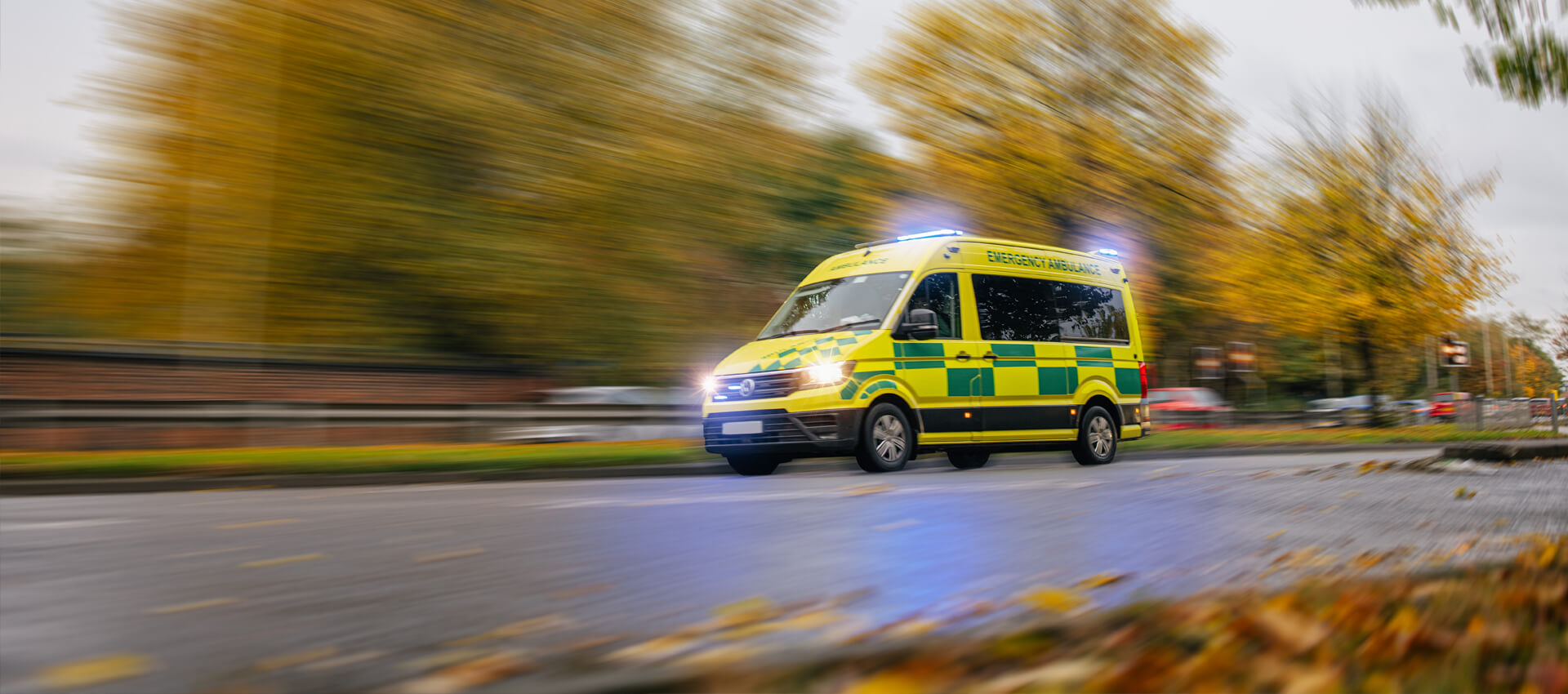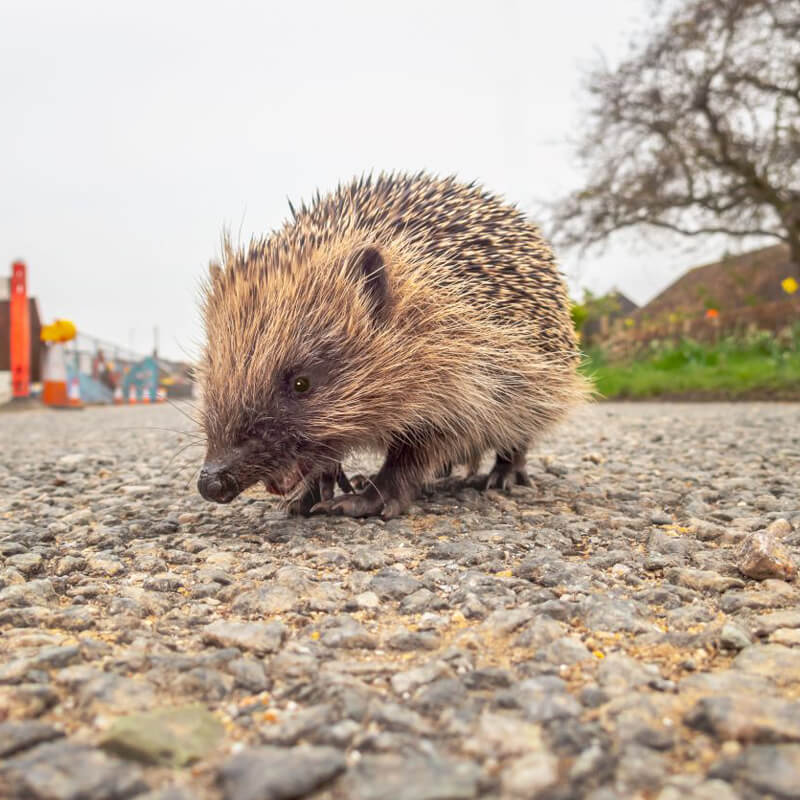How to react to emergency vehicles!

Every learner’s fear: how to react safely to blue flashing lights! Good job for you, we are here to provide a comprehensive guide on how to let an emergency vehicle through in a way that is both safe and compliant with the law.
If you clock blue flashing lights behind you, then this is an emergency vehicle. Many don’t know that getting out of the way can sometimes lead to a fine if done incorrectly.
The general rule is that if you see this kind of vehicle, you must slow down and get out of the way so the emergency vehicle can move past you without disturbance. What you might need to learn is that whilst doing so, you must keep within the letter of the law.
This means, no jumping red lights or stopping in yellow box junctions or bus lanes to make space, as you’d still be breaking the law and will likely be prosecuted.
The best thing that you can do is move your vehicle to the side of the road and come to a controlled and safe stop. This needs to be done without committing any motoring offences and without putting anyone else around you at risk.
Should you just stop wherever you are?
No, as this might mean the emergency vehicle will have to weave around you and other stationary cars. You should try and manoeuvre towards the side of the road, slow down and come to a stop. The only exception to this is of course if there is a bus lane to your left.
Is it a legal obligation to move out of the way?
The Emergency Workers (Obstruction) Act 2006 states that it is an offence to block or delay an emergency service vehicle. But this doesn’t mean you can commit driving offences when reacting. The Highway Code outlines that you should ‘consider the route of such vehicle and take appropriate action to let it pass while complying with all traffic signs.’ In other words, you can’t use stopping for an emergency service car as a free pass to break the law!
Remember, if you encounter an emergency car on a driving lesson, see this as a positive. You are having supervised assistance with handling these kinds of situations that will happen once you pass. Ask your instructor for feedback and take on board what you can do to make it as safe and efficient as possible.
If you’re sat there thinking but ‘What about on a one-way street?’ then realistically the only option is to continue driving at the legal speed limit until there is an opportunity for the emergency vehicle to overtake you.
Things to consider:
- Don’t panic! The worst thing you can do is to get panicky and get yourself worked up.
- Don’t have your music too loud in your vehicle so you can hear what’s happening around you. Not being able to hear can risk you missing early warning signs of emergency vehicles in your rearview mirror.
- Give the cars behind you as much notice as possible by indicating when pulling up to the side of the road. If you see things happening in front of you, put on your hazard lights to indicate a change in speed is happening to the traffic behind you.
- Don’t endanger yourself or anyone else around you. Avoid mounting the kerb even despite the Highway Code stating that you may in the case of an emergency. Consider if there are any pedestrians nearby, how high the kerb is and if it is going to cause damage to your vehicle.
- Don’t brake rapidly when hearing or seeing the blue lights and sirens, especially when approaching a junction or roundabout. The vehicle behind you may not have the same view as you or may not be able to stop as quickly.


